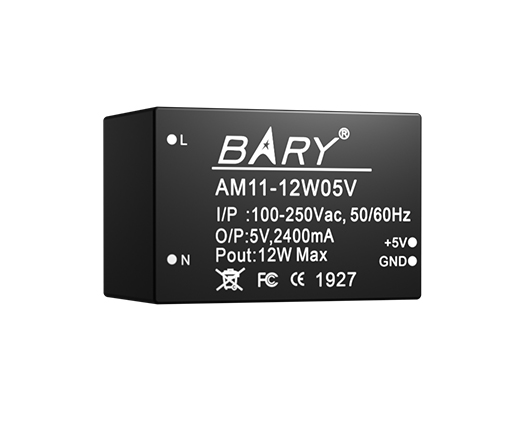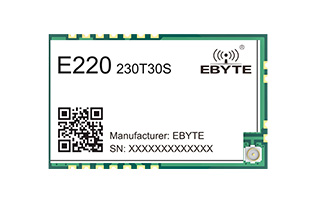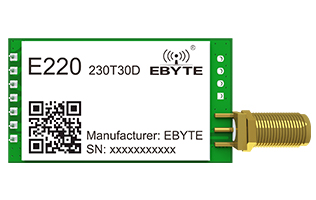

LoRa Stable Diffusion is a form of LoRa communication in which data is transmitted in a way that prevents interference and maintains signal strength over long distances. This type of communication is achieved by using a high signal-to-noise ratio, which is achieved through the use of frequency hopping and adaptive data rates. Additionally, data is encrypted using a secure encryption layer, ensuring that data is secure and only accessible by authorized users.
Related Article:
Why can lora achieve low power consumption, long distance, and anti-interference?
Detailed explanation of lora wireless transceiver communication technology
lora gateway: an information bridge between a terminal and a server
The advantage of LoRa® is the long range capability in terms of technology. A single gateway or base station can cover an entire city or hundreds of square kilometers. At a given location, the distance depends heavily on the environment or obstacles, but LoRa® and LoRaWAN have a link budget that is superior to any other standardized communication technology. Link budget, usually expressed in decibels (dB), is the primary factor determining distance in a given environment.
Using LoRa stable diffusion, data can be transmitted over long distances without signal degradation. This is due to the frequency hopping and adaptive data rates used in this type of communication. Plus, data is encrypted to maintain signal strength even in challenging environments.
What are the characteristics of LoRa?
Transmission distance:Towns up to 2-5Km, suburbs up to 15Km
Working frequency:ISM frequency bands, including 433, 868, 915 MHz, etc.
Capacity:A LoRa gateway can connect thousands of LoRa nodes
Transmission rate:Hundreds to tens of kbps, the lower the rate, the longer the transmission distance
Modulation:Based on spread spectrum technology, a variant of linear modulation spread spectrum, with forward error correction capability.
Composition of LoRa network
The LoRa network generally consists of four parts: terminal equipment, gateway equipment, network server, and application server.
The terminal device is generally a small module or a terminal device with an embedded module. The transmission distance of such devices can reach several kilometers, such as water and electricity meters, smoke alarms, pet trackers, logistics locators, etc.
The gateway device is generally used to receive the data sent by the terminal device and send it together. Therefore, it is usually called a LoRa concentrator. It collects the data together for centralized sending. According to the network that sends the data, it can be divided into LoRa - Two types of Ethernet gateway and LoRa-4G gateway.
The network server is generally built on the cloud server. This type of server is used to process the parameters uploaded by the LoRa gateway and nodes, and belongs to the device server.
The application server is a client-oriented server that converts data and provides it to users.
Another advantage of LoRa's steady proliferation is low power consumption, which is particularly beneficial for IoT (Internet of Things) applications. This allows devices to run on battery power for longer periods of time and still be able to communicate with other devices over long distances. This also helps reduce power consumption costs for these applications.
Features of LoRa stable diffusion:
The steady proliferation of LoRa is a great form of communication that could revolutionize the way we communicate. It has the potential to provide reliable and secure data transmission over long distances and in challenging environments. Additionally, its low power consumption makes it ideal for IoT applications. This form of communication is sure to become more popular as more apps are developed that take advantage of its capabilities
LoRa stable diffusion is a communication technology that utilizes low-power, long-range radio signals for communication. It is a Low Power Wide Area Network (LPWAN) technology that enables two-way communication over long distances using very low power levels. It is based on spread spectrum technology, which means spreading the signal over a wide frequency range to reduce interference and increase communication distance.
The short-range communication provided by LoRa's stable diffusion is ideal for applications that require long-distance data transmission with extremely low power consumption. This makes it ideal for remote locations, such as rural areas where access to traditional communication networks is limited. It can also be used in industrial environments as it supports a high level of reliability even in harsh environments.
A single LoRa stabilized diffuse transmitter has a range of up to 10 km depending on the environment. This can be extended further by using multiple nodes or relayers to relay messages from one node to another. Additionally, the signal can pass through walls and other obstructions, making it suitable for indoor applications as well.
LoRa stable diffusion is also highly secure and encrypted, making it suitable for applications such as asset tracking and monitoring where data security is important. It is also cost-effective compared to other communication technologies because it requires minimal infrastructure and its components are low-cost.
Overall, LoRa stable diffusion is an ideal communication technology for applications that require low-power long-distance communication. It is secure, cost-effective, and provides reliable communications even in challenging environments. Additionally, its low power requirements make it suitable for a variety of applications such as asset tracking, monitoring, and more.
Ebyte maintains a long-term partnership with Texas instruments (TI)
Texas instruments (TI) is the world's leading supplier of digital signal processing and analog semiconductors and the first global semiconductor company. It is also the first to win the U.S.GreenBuildingCouncil certification of semiconductor companies to build green manufacturing facilities. As one of the world's top 500 companies, TI has a global staff of 35,300 and branches in America, Asia, Europe and Japan.
It has manufacturing, design or sales offices in more than 35 countries, serving more than 90,000 customers worldwide. Analog chips are used in everything from portable ultrasound equipment to set - top boxes, from e - books to computer servers, from robots to LED street lamps. TI wireless chipset production has exceeded 1 billion and has own two DLP ® technology Emmy awards.
Ebyte has been maintaining a long - term and deep cooperative relationship with TI company. TI chips are used in E07 series, E72 series, E103-W02 series and E18 series. TI is a company with high requirements for its partners. It is a reflection of its strength to establish in - depth cooperation with TI. The two sides have held each other to a high standard, with a close and trustworthy relations. In the future, Ebyte and TI will continue to advance hand in hand to create a better future.











